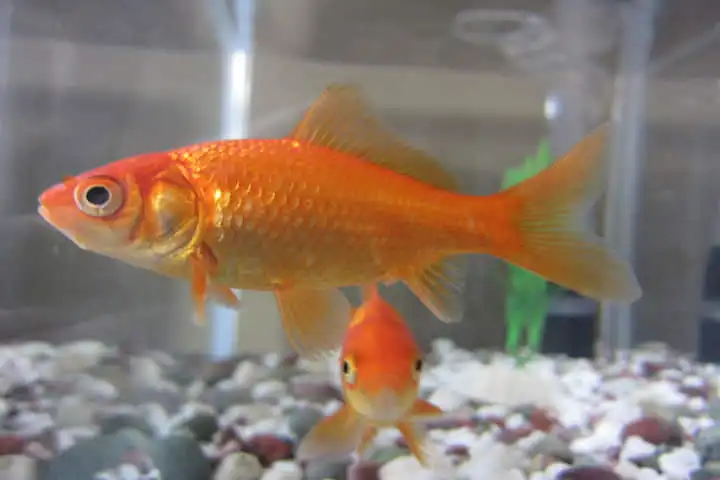Looking at the fishes, one goes green with envy as they effortlessly slice through water with the help of their fins! Deftly manoeuvring them, they do circular motions, go down deep and also sometimes jump in the air.
Intrigued by fins, the University of Colorado Boulder-led research conducted a study and has unveiled the engineering secrets of the fish fins – as to what makes them robust yet supple, as reported in an article in smithsonianmag.com. The study was published in August in the Science Robotics, a journal.
It is expected that the study done by researchers will help design new robotic surgical tools and/or airplane wings which will be able to alter their shape by a simple push of a button.
Also read: Green forest cover induces cloud formation, cools the earth — Princeton study
Highlighting an important aspect about the fins, Francois Barthelat, the study’s senior author, said that fins are remarkable as they are nimble without having a single muscle. These creatures are able to move the fins by pulling a set of muscles which are placed at its bases.
Barthelat, a Professor in the Paul M. Rady Department of Mechanical Engineering said: "If you look at a fin, you'll see that it's made of many stiff 'rays’. Each of those rays can be manipulated individually just like your fingers, but there are 20 or 30 of them in each fin."
For carrying out their study, Barthelat and his team used varied approaches. These included computer simulations and 3D-printed materials, to help them understand and unravel the biomechanics of fins.
According to them, the answer to the puzzle as to why fins are special probably lies in their unique design. The fin consists of rays and every ray is composed of multiple segments of a hard material which lies above collagen, which is much softer. Thus it achieves being bouncy and stiff. "You get this dual capability where fins can morph, and yet they're still quite stiff when they push water," observed Barthelat.
In the sphere of engineering, Barthelat explained, those substances which are stiff and flexible are much sought after. Those who design aircrafts are very keen to invent wings that can change on command, thus providing the craft the capacity to manoeuvre while flying.
Also read: Koreans design robotic chameleon that will turn the real one green with envy
"Airplanes do this now, to some extent, when they drop their flaps. But that's in a rigid way. A wing made out of morphing materials, in contrast, could change its shape more radically and in a continuous manner, much like a bird,” elaborated Barthelat.
It is only when one has a look at the fins of say goldfish closely under the microscope, that one understands how this part of the animal’s body works. Every ray which makes up the fin is a layered structure. There are two layers in the spikes – one of hemitrichs which is mineralised materials that encircle the inner layer made of spongy collagen. Barthelat points out that hemitrichs layers are not solid – they are divided into segments. He added: “Until recently, the function of those segments hadn't been clear.”
Using computer simulations to study fins made the team understand that the segments made the difference.
Elaborating on this point, Barthelat said, if we consider that the fins are made of only collagen, then they would bend with ease but the hydrodynamic forces of the water would shatter them. In case they consist of solid and non-segment hemitrichs, they would be completely stiff.
He remarked: "All of the segments, essentially, create these tiny hinges along the ray. When you try to compress or pull on those bony layers, they have a very high stiffness. This is critical for the ray to resist and produce hydrodynamic forces that push on water. But if you try to bend individual bony layers, they're very compliant, and that part is critical for the rays to deform easily from the base muscles."
Also read: Lions of the Arctic — 27,000-year-old ice-age corpse of lion cub raises new questions
It was the segmented design that provided both the capabilities of morphing and stiffness.
This is only the beginning according to Barthelat. The wide diversity of fishes use fins differently. While flying fish use them to glide above the water, mudskippers using them as legs, walk on land.
He averred: "We like to pick up where the biologists and zoologists have left off, using our background in the mechanics of materials to further our understanding of the amazing properties of the natural world.”
The study’s co-authors are, Floren Hannard at the Catholic University of Louvain in Belgium, Mohammad Mirkhalaf at the University of Sydney in Australia and Abtin Ameri at MIT.




















